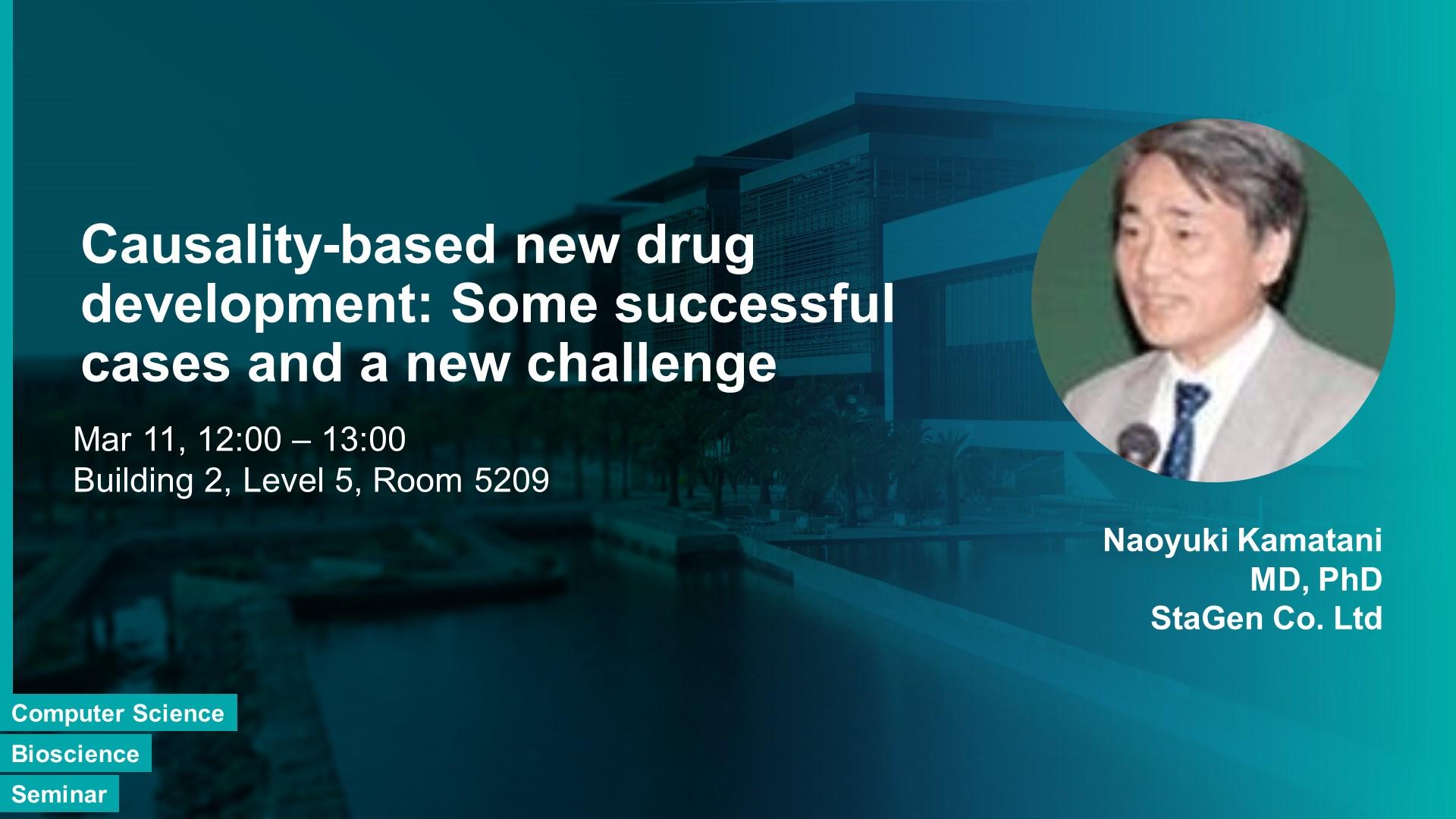Abstract
The success rate of new drug development is extremely low. It is even lower when the new drug has a novel mechanism of action. From my experience, I propose that the success rate can be dramatically increased by predicting the effects of a drug in humans based on the causality-confirmed data. It is dangerous to develop new drugs based on the data in which causality is not confirmed. In biology, there are three different types of relationships in which the causality is confirmed, i.e. the relationships between parent and child, between gene and phenotype and between intervention and outcome.
To extend the fields in which the causality is confirmed, I have proposed a powerful conceptual framework "six-layer structure" (Kamatani J Hum Genet 2016). The proposed layers are "life" as the uppermost layer, followed by "species", "population", "family", "individual", and finally "cell" as the bottommost layer. In each pair of adjacent layers, each member of the upper layer comprises a set of members of the lower layer. In each layer, we can define two types of causalities, i.e. parent to offspring and genotype to phenotype. I will show that mathematical genetics studies can be understood as attempts to bridge gaps between layers of the proposed six-layer structure. Furthermore, the six-layer structure is useful to develop therapeutic strategies. I will show my experiences in biological and medical researches that suggest the importance of a six-layer structure; the discovery of methylthioadenosine phosphorylase (MTAP) deficiency the first tumor-suppressor gene in human cancers, the first proposal of personalized cancer therapy based on MTAP deficiency, and the development of cladribine and febusostat. In all the new drug development, information from both parent-child and genotype-phenotype relationships played important roles. I will also present some data about our new drug under development, ATP enhancer, and will show how important the information from causality-based data is in new drug developments.
